Today we are going to continue to our multi-episode look at the results of the 2009 Hokkaido photography tour, affectionately known as the Winter Wonderland Workshop. As I recap, I lead a tour around central and eastern Hokkaido, the northern-most island of Japan, from February 16th to the 24th, 2009. If you’re new to the show, but would like to catch up before we move on, go back and listen to episodes 178 and 179 of this Podcast before listening to this one. We pick up the trail on the morning of the 19th of February, which is the fourth day, having made our way over to the small fishing town of Rausu, on the eastern side of the Shiretoko Peninsula, which is a Unesco Registered Natural Heritage site and national park.
As I said at the end of the last episode in this series, after the dawn shoot on the third morning, at Bihoro Pass, we took a steady drive over to the Shiretoko Peninsula. This is the horn shaped peninsula that you can see jutting out heading slightly upwards, from the eastern side of the island of Hokkaido. The eastern tip of the peninsula is the most eastern point in all of the Japanese islands. The area is rich in wildlife, due to the plankton which feeds on nutrients carried down by the ice floe from the Sea of Okhotsk on the Russian coast. On the other side of the peninsula is the town of Utoro, where we’d be heading later in the day, and they often have ice floe coming in right to the shore and sometimes have large chunks of ice washed up along the beach. On The Rausu side, the ice floe is less pervasive. I have been to Rausu when the ice was in so far it almost filled the harbor, but generally, that doesn’t happen for very long spells. Even at Utoro, you can have ice up to the beach on day, and none in site the next. It comes in and goes out very quickly.
The eagles that we were here to photograph need the ice floe to perch on to feed. They make the eastern side of the peninsula their home, because its warmer this side, as the cold air from Siberia buffets the western, Utoro side, taking away a lot of its strength. Also though, because the port does not get frozen solid for very long, the fisherman are active much more than the other side of the peninsula, and that means rich pickings for the eagles. On the day we planned to go out to photograph them, the fisherman were all having a day off, which means that the only fish the eagles were going to be handed from humans, would come from us. This was going to work in our favour. Last year, the ice had been too far up the coast, and it was bad weather. This meant that the eagles would not be able to see us up near the ice, and therefore would not fly out to us to get some fish. As the organizer of the tour, having driven up the coast with the skipper, while the tour participants were shooting back in town, it was a painful but necessary decision not to put out last year. There was no point. This year though, based on weather conditions, the skipper had devised a plan to take us to the ice floe that they knew had rounded the tip of the peninsula, and if we left later than planned, it would be clear, so the eagles would be able to see us. Because we were going to go pretty fast to get out there, and because of the distance, we teamed up with a second boat, for safety, and headed out at 8:30AM.
The conditions were excellent. The light was pretty much constant, though I sometimes had to ask the skipper to come around so that we had the light falling on the birds more favourably, but in general, it was perfect. The skipper, Hasegawa-san, is very good at his job. He know most of the time what we want, and how to maneuver a pretty big boat around with unbelievable precision, to get us to the best positions. We don’t bait the birds heavily. We just throw out enough to get them interested. If you throw out a whole palette of fish, you just cause a frenzy, and it’s not good photographically. They hand throw small numbers of fish into strategic positions on the ice flow, and that helps to get small numbers of birds in some shots, and keeps others flying around, looking for their opportunity to grab some tucker.
Although I have some very nice straight portraits of Steller’s Sea Eagles from this location, let’s jump straight into looking at something a little more dynamic. First let’s look at image number 2155. Here we can see an Eagle perched on the ice tucking into his fish, and another with wings spread out, looking almost shocked that the other eagle has some fish. Finding and shooting moments with movement like this will take your shots to another level. Some of the guys came back with shots of the eagles with the fishes in mid air, as the eagles toss them up into their mouths, which I have to admit, I didn’t even see, and was pretty envious. This is part of the fun of it all mind. You have to have the camera up at your eye, and always be searching for something interesting, and luck will often be the major factor in deciding whether or not you get the shot. Of course, no amount of luck can make sure your exposure is set and you are focused correctly, and that you press the shutter button at the right time, but looking in the right direction when something happens really helps. It can be tough going physically as well. Most of us had long lenses. I shot with the 300mm F2.8 with the 1.4X extender fitted for most of the time, as I did here. I had my ISO set to 200, for a faster shutter speed, which was 1/1600th of a second at F5.6. It can be tough to hold the camera up to your eye, or at least close to it, for a good two hours, which is how long we were shooting. You have to do this though, waiting for the right moment. If you try to raise the camera after something happens, you are often too late.
I also used the 70-200mm F2.8 for a lot of shots too. Sometimes the birds come in so close to the boat that you need a wider focal length just to fit them in to the frame, but also, I wanted to get some shots, with the birds in their environment. In image number 2156, we can see a bunch of Steller’s Sea Eagles and White Tailed Eagles mostly sitting on the ice floe, but the Shiretoko peninsula in the background. This was shot at 190mm, again at F5.6 for 1/1600th of a second. This means the mountains are slightly soft, but I’m not too worried about that. At this point, I was more concerned about keeping my camera set up to capture action closer by, filling the frame with an eagle, and so had left the camera at F5.6. Note too that I timed this so that there is a Steller’s Sea Eagle in flight, just coming into the scene. I feel that something like this is necessary to give interest to an otherwise pretty boring shot. The birds on the ice alone would not be that interesting, but with this bird in flight, it makes the image worth looking at, in my opinion.
In the next shot mind, which is number 2157, I decided to adjust the aperture, to try and get a little more depth-of-field. Firstly, because I had the mental bandwidth at this point to make the changes. I risked not being able to go to a narrower DOF quickly if I needed to, but I also changed the aperture because the main subject was a little closer than in the last image. I also wanted to get the Kuril Islands, or Kunashiritou, as the Japanese call it, into the shot. We can see that large snow capped volcano on the island in the background, which is actually part of Russia. The Japanese have been trying to get the Russians to give these islands back to them for years, but there are a lot of politics behind all that, which I don’t pretend to understand. Having stopped down to F11, I now needed a shutter speed of 1/320th of a second, still at ISO 200. Another thing to note here is that many of my best shots at this location had sea gulls in them, often very close to the boat, and very annoying. More often than not, I had a series of shots where you can see the scene building until the point where I was going to be right on the money, and then a gull flew right across the middle of the frame, just at the worst possible time. This shot was no exception. The bottom part of the large chunk of ice in this shot is from the previous frame. That whole shot was OK, but I prefer the wing positions in this shot, so I took them both into Photoshop as layers in the same image, which is one of the edit options in Lightroom, then I just made the second layer a mask, and painted the ice with no gull into this shot.
I was in two minds whether to do something similar in the next shot too, but didn’t. In image number 2160, we see a Steller’s Sea Eagle feeding, with a White-Tailed Eagle trying to get in on the action. I kind of like the totally indifferent look on the second Steller’s face as he looks the other way, but in one of my other frames of this, he’s looking right into the scene. I thought about merging that with this one, for a much better overall composition, but couldn’t bring myself to do it. Maybe he’s too big in the frame, and I’m not that brave yet. Maybe someday I’ll come back to it, but for now, this is exactly as shot. I was using the 300mm F2.8 with the 1.4X extender again for this, with the aperture set to F5.6 for 1/2000th of a second.
A good example of behavior to make your shots a little more interesting can be seen in image number 2161, where we can see a Steller’s Sea Eagle dancing with his shadow. We can see the eagle with wings spread, and his right foot up in the air, almost like a Native American doing some sort of a ritualistic dance. The shadow of the right wing also reminds me a little of Native American art. The shadow is clipped off slightly on the right side, but that doesn’t worry me. Overall I’m very happy with this one, shot at F6.3 for 1/2000th of a second, at ISO 200. The fast shutter speed of course helping to freeze that kicked up snow, which adds a lot of impact to the shot, and it’s totally tack sharp where it needs to be. To top it off, there’s a nice catch-light the eye, which improves wildlife photography no end.
We can see another nice catch-light a little more closer up in image number 2162. This is a juvenile White-Tailed Eagle, flying very close to the boat. I’d been tracking this one, and didn’t expect it to come so close, but shot the image anyway. The White Tailed Eagle as an adult has a wing span of up to 238cm, so it’s really quite a treat when these birds come up close. The Steller’s Sea Eagles that we looked at earlier have a wing span of up to 241cm, which is about 8 feet, so I’m sure that you can appreciate how amazing it is to be this close to these huge birds. Despite having cut off the wings and tail with this tight crop, I’m happy with it because I think it makes a nice animal portrait, as I say, with that nice catch-light, and we have the torso in close, with lots of detail in the feathers and the yellow feet, tucked in to the body and tail to the right of the frame. Again, shot at F6.3 for 1/2000th of a second, there is nice separation from the sky, which is slightly out of focus making a nice background.
Another action shot in image number 2166, as this Steller’s Sea Eagle pounces on a frozen fish. Again, tack sharp, with light in the eyes and wonderful detail in entire bird. This is another where I couldn’t help but rescue an otherwise good shot from an intruding sea gull. This is the best of a short series of shots, and a sea gull stuck his fat head in the bottom left corner, which I had to clone out. I didn’t want to waste this one. I had opened up the aperture just marginally here to F5.6, and adjusted the shutter speed to 1/2500th of a second, still at ISO 200. Not only can you tell that it was pretty bright, you can probably also appreciate how much we are helped by the light reflecting back of the snow on the ice floe, to fill in any shadows that we might otherwise get from the very bright sunlight bathing this scene.
We spend a good couple of hours out on the boat shooting these wonderful birds, and there are a bunch of other shots from this shoot on my Web site. I’ll put a link to display all the images from the trip into the show-notes again, so take a look if you’re interested. After the eagle shoot, on request from some of the participants, we took a little more time to shoot in the Rausu harbor again, before starting our drive to the other side of the Shiretoko peninsula. In the summer time, it’s a leisurely drive across the mountains to the other side, but in winter, the road is impassable, so we have to drive down to the base of the peninsula, and up the other side, taking about three hours. It’s a beautiful drive mind through some wonderful scenery. As we started up the Western coast, we saw that the ice floe was right up to the shore here, and it was amazing to see how the sea undulated and swelled under the ice, lifting tons of crushed ice, as the waves made their way to the shore. I have some still shots of this in my gallery, but it’s difficult to capture without being able to see the motion. I waited for some of the waves to crash against the shore spraying up into the air to show this, but we won’t look at the images today because they’re not that great. I did shoot some video with the 5D Mark II mind, but I haven’t really checked it out yet. As I feared, right now, it still isn’t something that I have totally gotten my head around. I am looking forward to checking out the video clips that I took back at some point, but it doesn’t excite me so much that I prioritize it over other things that I’m doing right now.
We stopped again at the Oshin Koshin Falls, and I decided to try something a little different to what I’ve done until now, as we can see in image number 2170. There was a tree with some brown leaves still on the twigs, which I thought would make a nice focal point. I still took some straight shots of the falls, but thought this would be different. I used the Singh-Ray Variable ND filter to dial-in some darkness for a 1/4 second exposure at F11. I had reduced the ISO to 100 and was using the 70-200mm F2.8 lens at 200mm. For the composition here, I was conscious of the position of the right most branch, so that I kept it over the white water, making it stand out more, and was also keeping my eye on those three balls in the top left. Also the position of the water itself was difficult as I was trying to keep the snow at the edges of the falls out of the right and left sides. I do have some creeping into the bottom there, behind the leaves, which I don’t like, but couldn’t really avoid. Also notice that the tree takes above two thirds of the image, with mostly water making up the last third. All of these things I was keeping in mind while thinking how to compose this shot.
As the sun got close to the horizon, we got back on the bus, and drove a little further down the coast towards Utoro, to the two rocks that we can see in image number 2173. These rocks are not that well known, but I’ve shot them a number of times over the years. In the summer time, you can shoot the sunset through the rocks, but in the winter, the angle is much more acute. We were literally running from where we parked the bus to get to a position far enough along the coast to be able to see the sun, and as we crowded into a space about 6 feet across lining up our shots, I noticed a sea gull flying in towards the sun. I got one shot, as it came across from the left to right, then another as it turned, and the third, which is this one, as the gull crossed right across the front of the sun between the rocks. I was kind of willing it to do so, and it did. Very small in the Web version and if you are looking on an iPhone or iPod you might as well forget it, but this looks great in a print, so I am really happy we made it here in time and I was lucky enough to shoot this.
So, the sun had gone down on the fourth day, so we headed back to the hotel, for a night in probably the best hotel that we stay in, the Shiretoko Daichi Hotel. This is a beautiful hotel with an amazing buffet. I got a few shots this year, to use in the marketing material for next year, but it really is a great place. We would say good bye to Forrest and Joerg, two participants that were only with us for the first leg, so we pushed the boat out a little bit further than usual, ordering one or two bottles of sake more than we probably should have done, but we had a good time.
The following morning we visited the Shiretoko Nature Center, and had a work through the woods and out to the coast. As we turned the corner, two wonderful stags were walking right towards us, and I managed to capture them as we can see in image number 2174. I blew the snow out a little bit here, as although I’d just set my exposure moments earlier, they were in the open, with just a light covering of bear branches above, so I was a little out. 14bit RAW files helps though, so I was able to bring the snow under control and retain plenty of detail in Lightroom. The exposure for the stags was perfect though, at 1/160th of a second at F4, ISO 100, so I’m happy with the results. I shot a few frames as they walked towards us but most like this one, with the stags in almost the same pose, with the horns on either side of the frame. They walked off into the woods to the right of the frame here, and we walked back and shot them in another opening for a while too, standing up to our knees in snow. The results weren’t that great though, so I didn’t upload any of these shots. The walk through the woods and over through the reserve into the park was nice, and we had a pleasant morning in general. We shot some more deer and a lighthouse on the hill, and then steadily made our way back to the bus.
After a brief stop at the souvenir shop, we had to be back on the bus by 11AM to go to the airport to drop the two guys that would leave us off. On the bus on the way over, we recorded a comment or two from each of the guys, which I’ll play you now before we finish today’s episode.
So, that ended the first leg of the tour. We were to go on to concentrate more on landscape photography in the central part of the island. There was a storm brewing though, and as we made our way over to the hotel between Utoro and the Daisetsu-zan mountain range, we were caught in a pretty nasty snow storm. We made it to our hotel though after an afternoon’s drive, and settled in for the evening. The following day we would drive to Mount Asahi, and were hoping to go to the top of the mountain in the cable car to shoot the highest peak in Hokkaido, in the middle of winter. Tune in again next week to see how we got on, as we start the second leg of the tour. For now though, you just have a great week, whatever you’re doing. Bye-bye.
Show Notes
For details of the workshop itself, including next year’s workshop once the site it updated, please check out my workshops Web site here: Tours & Workshops
The music in this Podcast was created and produced by UniqueTracks.
Subscribe in iTunes for Enhanced Podcasts delivered automatically to your computer.
Download this Podcast in MP3 format (Audio Only).
Download this Podcast in Enhanced Podcast M4A format. This requires Apple iTunes or Quicktime to view/listen.


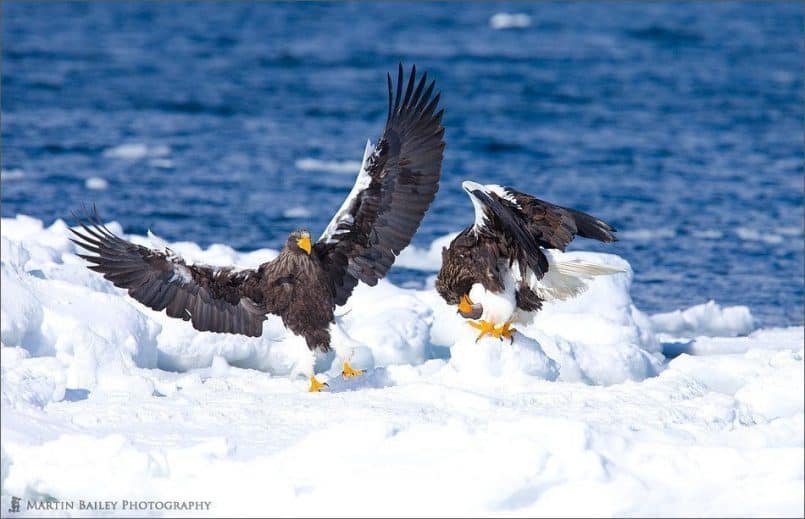
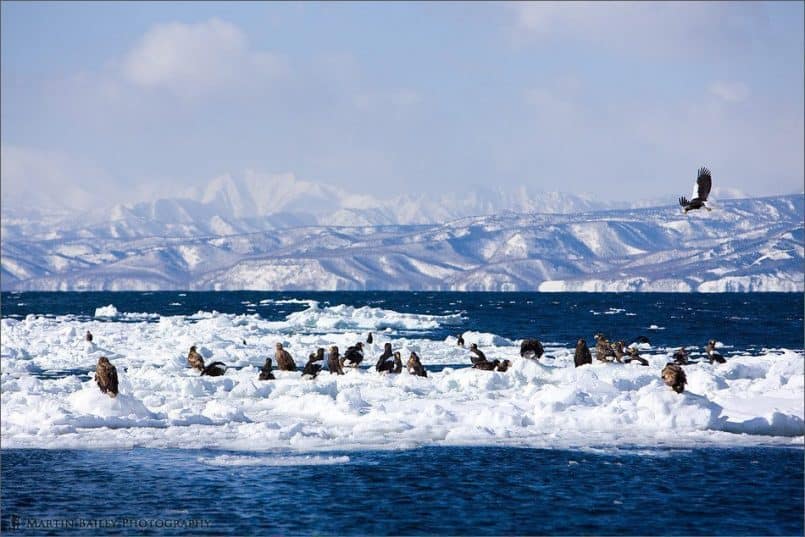
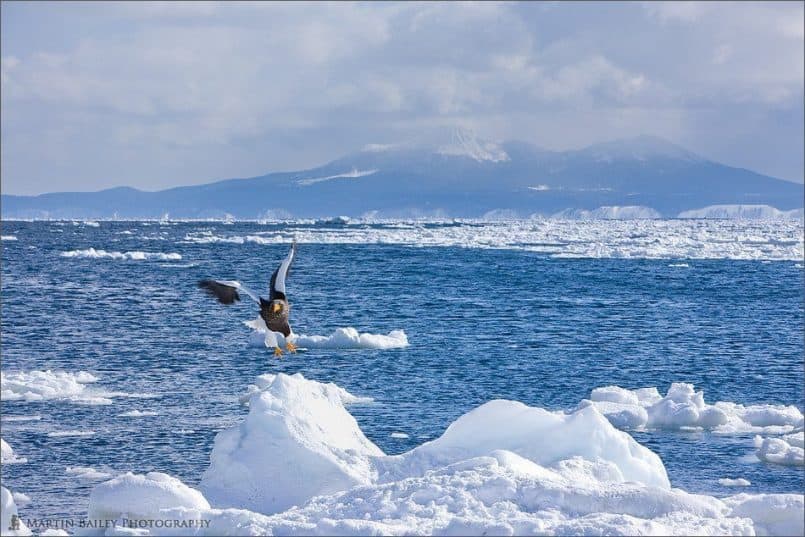
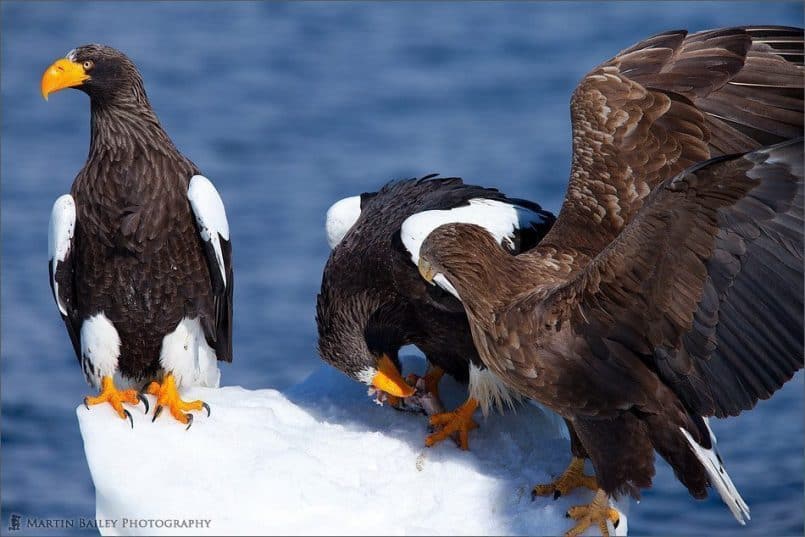
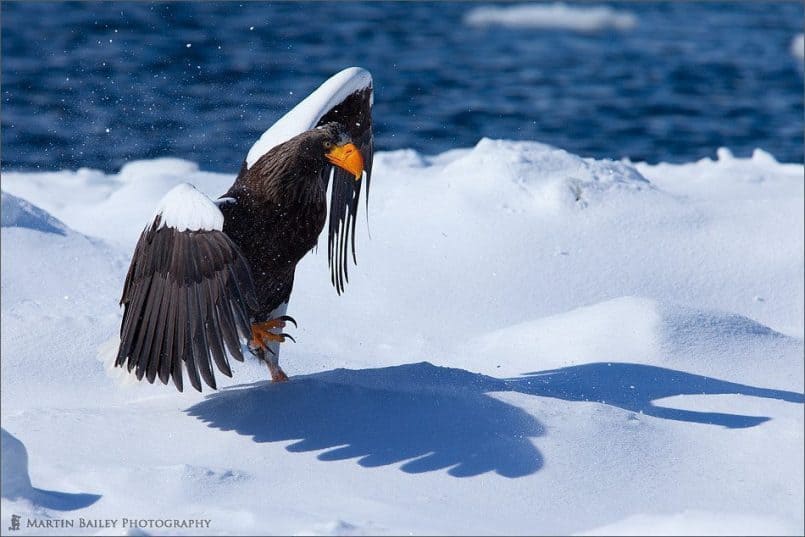
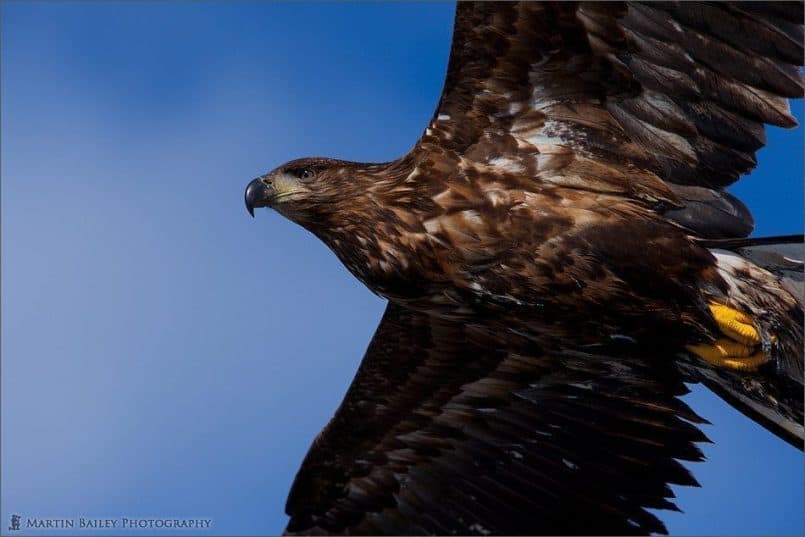
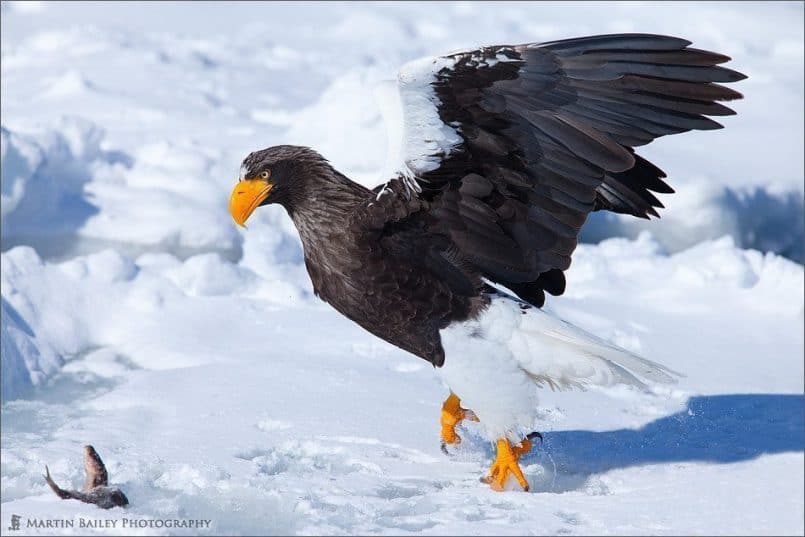
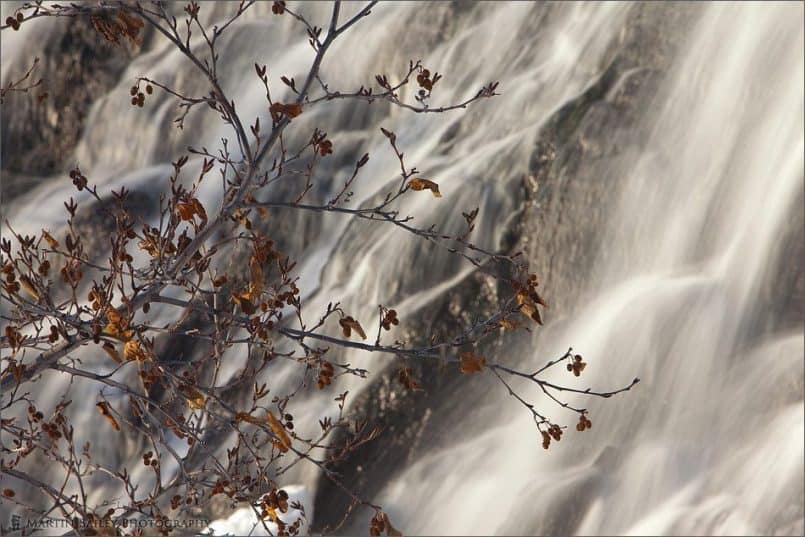
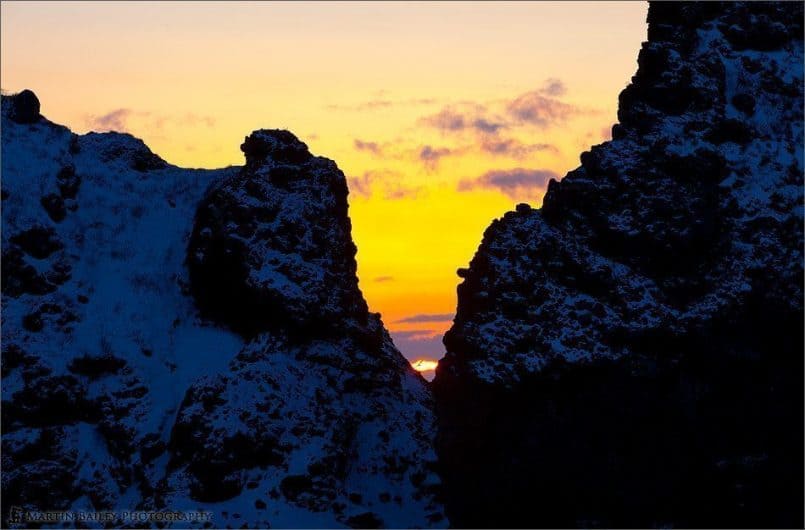
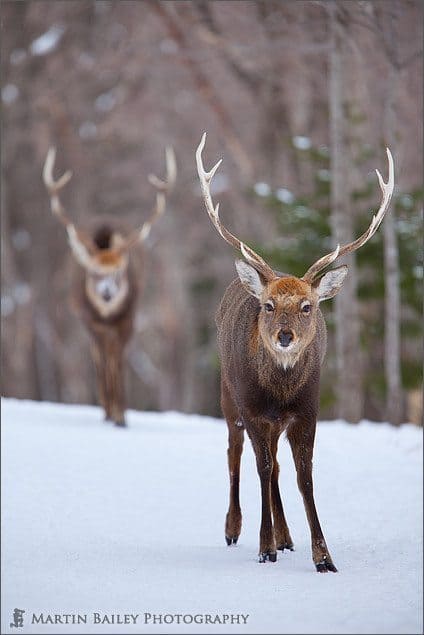

0 Comments